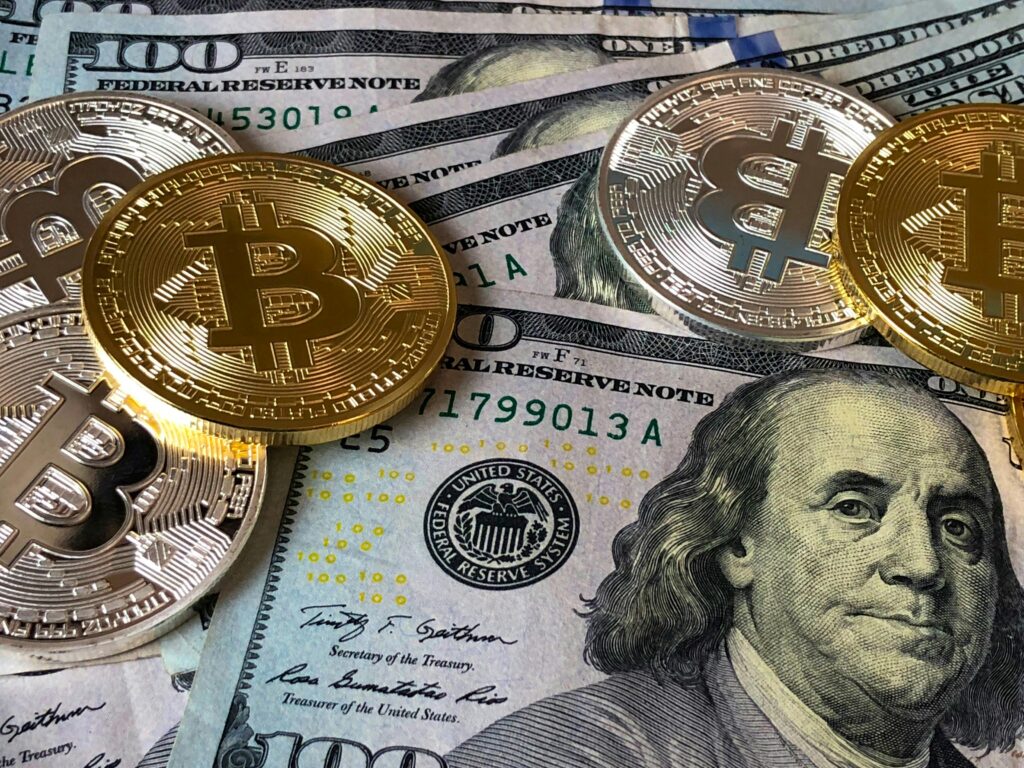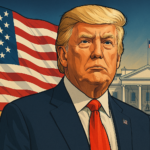BlackRock, the world’s largest asset manager, is accelerating its entry into the crypto sector with a wave of senior-level hires in its digital asset division. This move signals a clear and calculated strategy to expand its footprint in digital finance as institutional demand for crypto-backed investment products continues to grow.
Building a Stronger Digital Backbone
On March 27, job listings appeared for four new roles: Director of Digital Assets, Director of Regulatory Affairs, Vice President of Digital Asset and ETF Legal Counsel, and Associate for Digital Assets. These positions are spread across New York and Atlanta, reinforcing the firm’s focus on both regulatory compliance and operational scale.
The legal counsel role, in particular, suggests an ongoing push to launch additional cryptocurrency ETFs—adding to BlackRock’s growing lineup, including the successful iShares Bitcoin Trust (IBIT) and iShares Ethereum Trust (ETHE).
From Skepticism to Strategy
This expansion is a remarkable pivot for a firm whose chairman, Larry Fink, once dismissed Bitcoin as a tool for illicit finance. Fast forward to 2025, and BlackRock has launched multiple crypto investment products, formed partnerships with crypto-native firms like Coinbase, and even seen IBIT outpace its legacy gold ETF in assets under management.
BlackRock is no longer watching from the sidelines—it’s taking the lead.
A Broader Crypto Vision
These developments follow BlackRock’s recent debut of a Bitcoin ETP in Europe and the growing institutional interest in regulated crypto products globally. The new hires are not just about scaling ETF operations—they’re about laying the foundation for long-term integration of blockchain-based assets into mainstream investment strategies.
With top firms like Goldman Sachs also entering the ETF race, BlackRock’s continued investment in talent and infrastructure shows it’s not just participating in the digital asset revolution—it’s positioning to define it.
What Does This Mean for Investors?
BlackRock’s crypto-focused expansion suggests a broader validation of digital assets at the highest levels of finance. As regulatory clarity improves and infrastructure matures, ETFs and ETPs tied to digital assets may become core components of diversified portfolios.
Still, it’s essential to recognize the volatility and evolving regulation in this space. While large players entering the market often signal confidence, every investment carries risk.
This content is for informational purposes only and does not constitute investment advice







